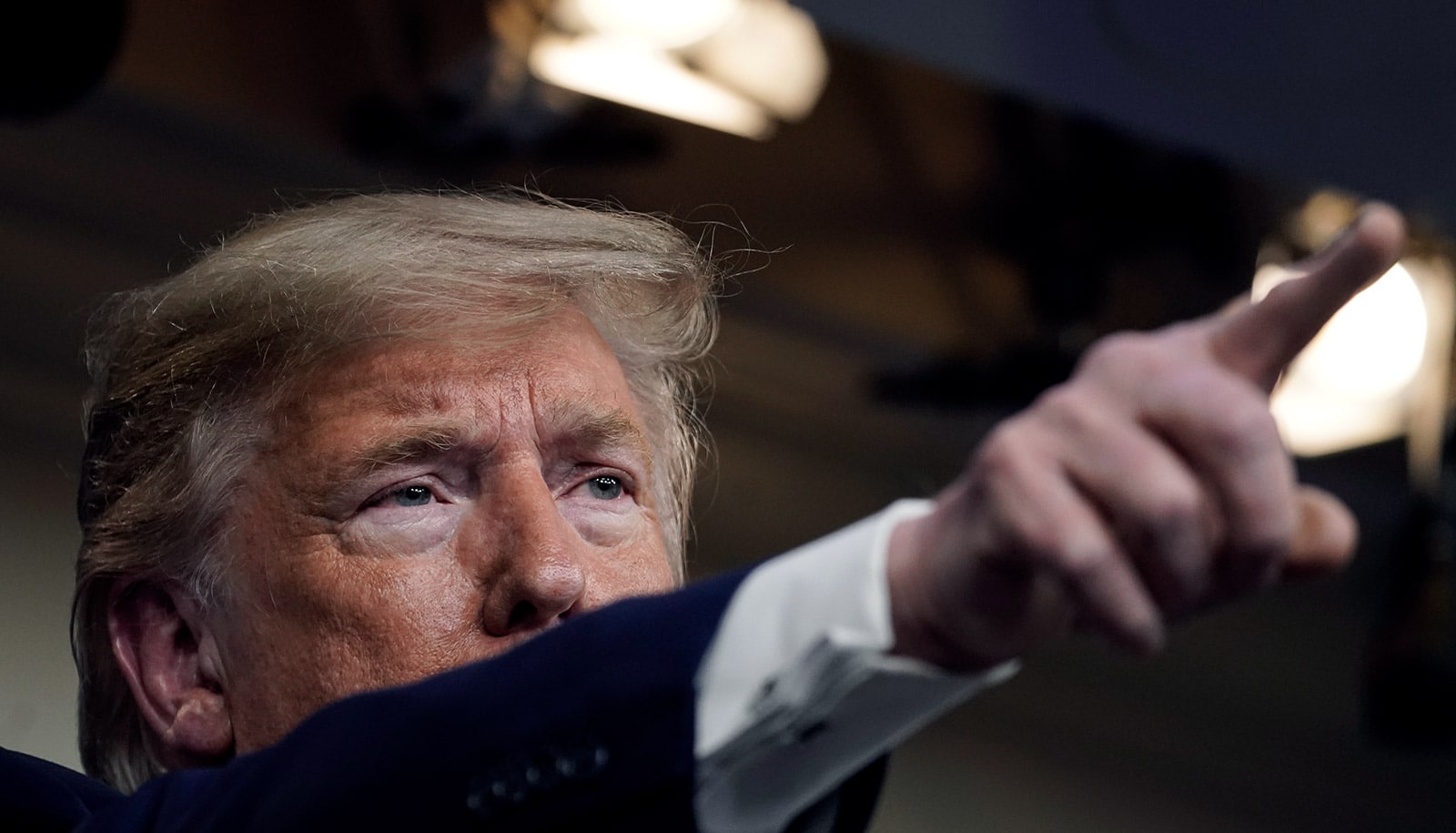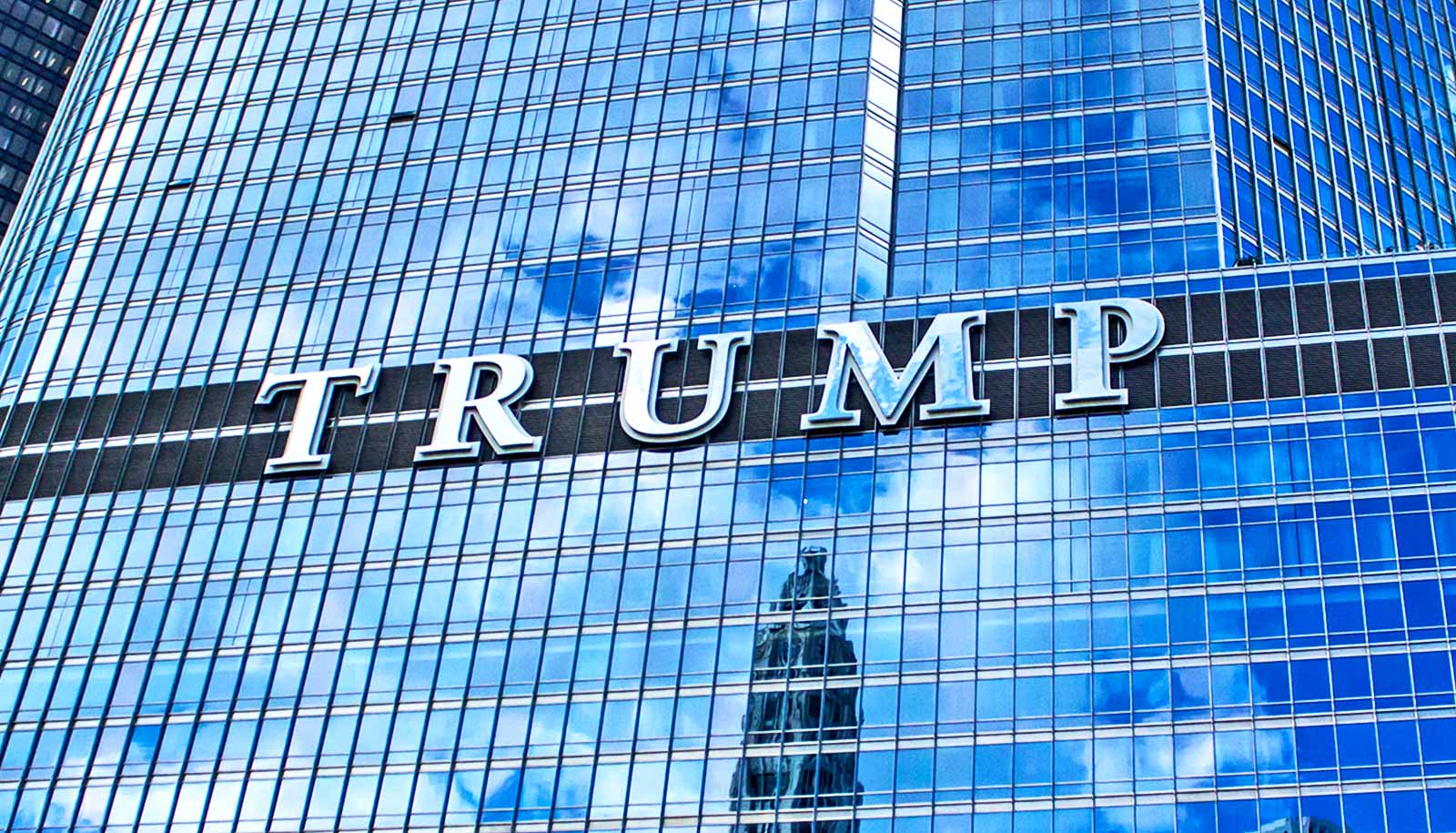What powers does the President have in times of crisis? And what about state governors?
As much of the country has ground to a halt in response to the coronavirus pandemic, questions remain about the country’s preparedness in this time of crisis.
For example, what can government do to address the lack of critical medicines and diagnostic and medical supplies such as ventilators and N95 masks?
Here, Stanford University legal historian and constitutional law scholar Bernadette Meyler discusses the powers of the President and state governors to address these needs:
Can you talk about the powers available to the President in times of national emergency, as we’re experiencing now?
Congress has granted extensive emergency powers to the President through various statutory schemes. Those principally involved in the COVID-19 crisis include the Stafford Act, designed to allow the President to furnish disaster assistance, the National Emergencies Act, which authorizes the President to reallocate funds from other federal governmental operations, and the Defense Production Act, which permits the President to require companies to make supplies necessary for national defense and to prohibit price gouging.
The President might also be able to argue that he can do other things based on the emergency, but we have no emergency powers clause in the US Constitution and courts have generally been reluctant to grant the executive such powers by implication.
Can you talk about that a bit more—the limits to presidential powers?
In a decision from the Korean War known as the Steel Seizure Case, the Supreme Court decided that President Truman couldn’t constitutionally take over the steel mills in order to prevent a strike because Congress had disapproved that method of dealing with possible labor conflicts.
As some commentators have already suggested, we should be careful of the kinds of emergency powers that we urge the President to use at this point.
The Stafford Act is well designed to protect against executive overreach; under the Act, state governors request relief, which the President can then provide, preserving a healthy balance between state initiative and federal response. The Defense Production Act could also assist in the creation of necessary items for the current emergency, including ventilators. The National Emergencies Act may be more ambivalent. While it could potentially permit use of defense funds and army personnel to build structures for quarantine or other necessary projects, it has recently been the subject of significant controversy because it was the source for President Trump’s ability to continue constructing a border wall between the US and Mexico.
We should be careful that the precedents for executive power set in the COVID-19 context do not open the door for more expansive presidential authority in such other contexts. Whether or not the President is invoking executive power, he should be using his unique rhetorical position to urge everyone in the United States to take the appropriate measures to stem the spread of COVID-19.
What emergency powers do governors have? You’ve mentioned quarantine—is that primarily the responsibility of the states or the federal government?
The power to quarantine has traditionally been one of the primary state “police powers,” a set of powers over health, safety, and the public welfare that the states have been thought to exercise in a plenary fashion, at least in the absence of contrary federal law. Even in the earliest decisions over federal power under the Commerce Clause, the Supreme Court acknowledged the states’ authority to engage in quarantines and interpreted the Commerce Clause to protect that. Although the caselaw is not massive, courts have generally held that quarantine laws—when valid—can withstand heightened scrutiny, hence allowing for restrictions of civil liberties that would otherwise not be contemplated.
“…it would be an understatement to say that the Framers couldn’t have imagined the possibility of Zoom.”
Federal power to quarantine ramped up later, in the late nineteenth century, and is now codified in the Public Health Service Act, passed in 1944, which permits the federal government to quarantine those who are traveling between states or might be a probable source of infection to individuals who will be sojourning outside the state. The Public Health Service Act has not, however, been used extensively to implement domestic quarantines, and such quarantines remain largely the province of state governments.
Can the President override governors on decisions such as the shelter in place orders?
When Trump recently announced that he wanted to reopen the country for business by Easter, questions arose about his authority to do so over the contrary edicts of state governors.
This conflict is reminiscent of historical episodes described by scholar Gerald Neuman in “The Lost Century of American Immigration Law”; proponents of free trade and laissez-faire economic policies in the middle of the nineteenth century supported “anti-contagionists,” who argued against the efficacy of quarantine. In that case, however, the anti-contagionists thwarted local rather than federal action. In this instance, Trump’s power to undermine state-led quarantines would probably be limited.
Can you talk about military involvement in this emergency? New York called out the National Guard to help early on. And we’re hearing governors call on the Corps of Engineers to help build makeshift hospitals. Is this something that the federal government needs to initiate?
The question of military involvement is quite interesting. In theory, the Posse Comitatus Act of 1878 bars the use of the military to enforce domestic law unless authorized by Congress or the Constitution, but Congress has passed so many statutes that permit the military to assist in implementing domestic laws that the Act has not been that relevant practically. In this context, several specific congressional statutes enable federal assistance: one provision specifies that “officers of the United States shall faithfully aid in the execution of [state] quarantines and health laws, according to their respective powers and within their respective precincts, and as they shall be directed, from time to time, by the Secretary of Health and Human Services” (42 U.S.C. § 97); another allows the “Secretary of the Navy” to “make vessels or hulks available to quarantine authority at various US ports” (42 U.S.C. § 98).
In terms of what has happened during the COVID-19 crisis so far, state governors have called up the National Guard to aid in law enforcement, which they are permitted to do. And, as I mentioned before, the National Emergencies Act can permit the President to divert funds and personnel from other military projects to the COVID-19 crisis. The President has also deployed Navy hospital ships to several locations urgently requiring additional beds. All of these measures seem like appropriate and necessary uses of military support during this crisis.
How about the smooth running of Congress in this time of crisis? Can Congress meet remotely? We’ve heard of several positive COVID-19 results such as Senator Paul. Yet members of Congress are still meeting.
Although the Constitution is a remarkably flexible document, it would be an understatement to say that the Framers couldn’t have imagined the possibility of Zoom. Indeed, the physical constraints of the Founding Era lay behind various constitutional provisions such as the Recess Appointments Clause, permitting the President to unilaterally fill vacancies that would otherwise require Senate approval during a recess. The Twentieth Amendment, adopted in 1933, still specifies that “The Congress shall assemble at least once in every year,” which seems to assume a physical meeting. Could assembly be virtual? Perhaps, but that might require creative reinterpretation of various constitutional provisions.
Source: Sharon Driscoll for Stanford University



